Đọc báo:
Cấp độ:
Nguồn:
Chủ đề:
Tin tức mới nhất trong ngày, cập nhật liên tục 24h. Từ nguồn báo chính thống như CNN, BBC, VOA, Inside Science,...

 1 phút
1 phút Storm Wipha to bring downpours, possible flooding to northern, central Vietnam
Tropical storm Wipha, Vietnam's third storm this year, is bringing heavy rain and strong winds from Monday night through Wednesday, mainly in the northeast and central regions. By Monday morning, it was in the northern Gulf of Tonkin, with winds of 75–88 kph and gusts up to 117 kph, expected to intensify to gusts of 150–166 kph before approaching the coasts of Hai Phong and Thanh Hoa.
The storm is forecast to move inland between Thanh Hoa and Nghe An, then weaken over Laos, but will continue influencing rainfall. Northeastern areas like Quang Ninh and the northern delta, including Hanoi, as well as Thanh Hoa and Nghe An, may see 200–350 mm of rain, with some spots exceeding 600 mm. Other northern regions and Ha Tinh could get 100–200 mm, with localized totals over 300 mm.
Rainfall intensity could surpass 150 mm in three hours, raising risks of flooding in lowlands, flash floods, and landslides in mountainous terrain. Rivers in the north and north-central provinces are expected to see flood waves rising three to six meters through Friday. Even after Wipha moves into Laos, rain will persist due to the tropical convergence zone.
Nguồn: TODAII [ 2684] 2025-07-22 07:32:21
2684] 2025-07-22 07:32:21
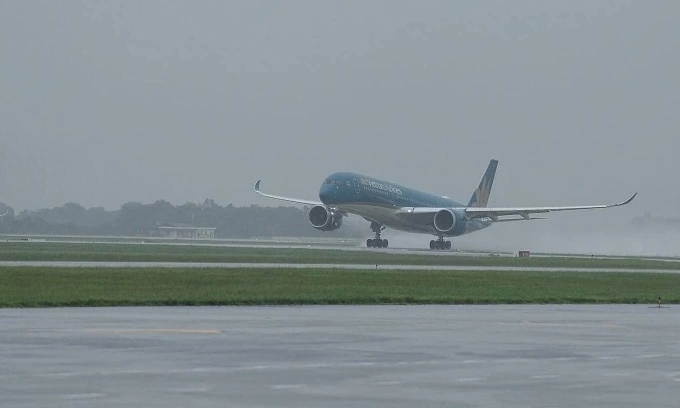 1 phút
1 phút Storm Wipha forces widespread flight cancellations in northern Vietnam
Storm Wipha is disrupting air travel in northern Vietnam, forcing major airlines to cancel and reschedule flights. Vietnam Airlines has grounded multiple services from Ho Chi Minh City to Hai Phong and Con Dao on Monday, while Pacific Airlines canceled flights on the same routes and advanced others to land before noon at Cat Bi Airport.
On Tuesday, all flights by Vietnam Airlines Group from Hai Phong will depart only in the afternoon, with further domestic and international disruptions expected. Vietjet Air also canceled eight flights from HCMC to Quang Ninh and Hai Phong on Monday.
Authorities have ordered airports and carriers to implement 24/7 safety measures, inspect infrastructure, and prepare for emergencies. At 7 a.m. Monday, Wipha was 220 km east of Quang Ninh–Hai Phong with winds up to 117 kph, moving west‑southwest. It is expected to hit the northern Gulf of Tonkin by Monday evening, then weaken over the Hai Phong–Thanh Hoa coast by Tuesday night before turning into a tropical depression over Laos. Passengers are urged to monitor airline updates as schedules may change further.
Nguồn: TODAII [ 1144] 2025-07-22 07:31:10
1144] 2025-07-22 07:31:10
 1 phút
1 phút Storm Wipha to bring downpours, possible flooding to northern, central Vietnam
Nguồn: TODAII2025-07-22 07:32:21
 1 phút
1 phút Storm Wipha forces widespread flight cancellations in northern Vietnam
Nguồn: TODAII2025-07-22 07:31:10
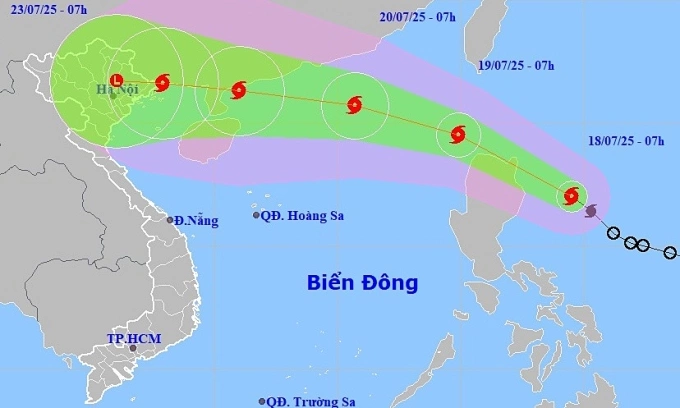 1 phút
1 phút Storm Wipha to hit South China Sea, strengthen near northern Vietnam
Nguồn: TODAII2025-07-19 19:32:30
 1 phút
1 phút Heavy rains and flash flooding sweep New York
Nguồn: TODAII2025-07-17 07:31:04
 1 phút
1 phút Hanoi to ban single-use plastics at downtown restaurants, cafes starting October
Nguồn: TODAII2025-07-15 10:59:36
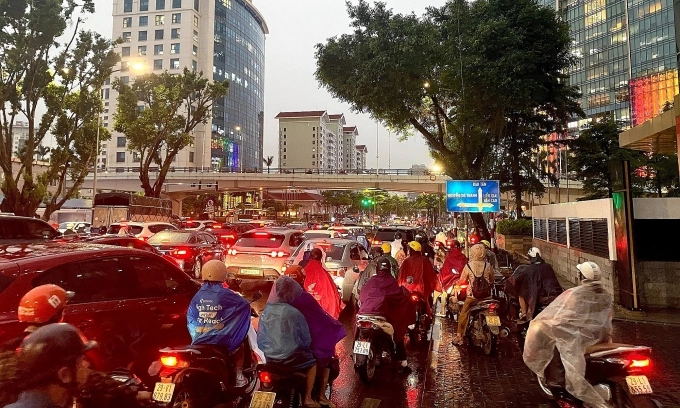 1 phút
1 phút Heavy rain to persist for 4 days in northern Vietnam, raising flood risk
Nguồn: TODAII2025-07-11 19:31:04
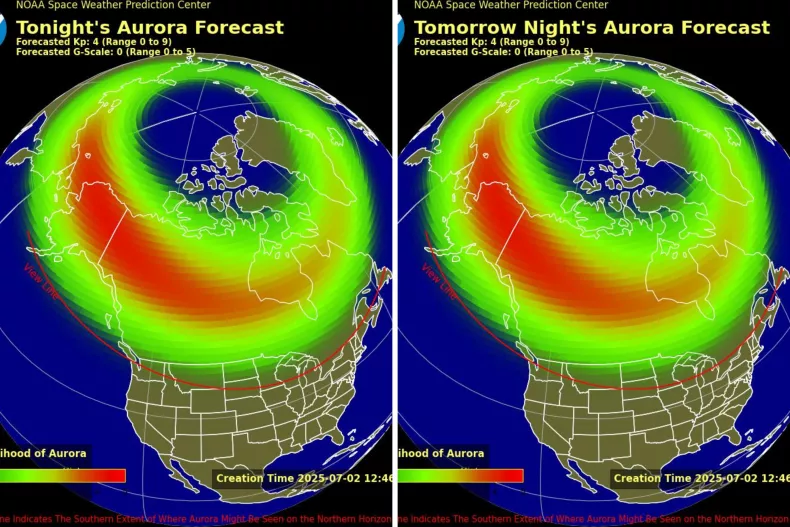 1 phút
1 phút Map Reveals Where Aurora May Appear Over US Tonight
Nguồn: NW2025-07-07 07:31:07
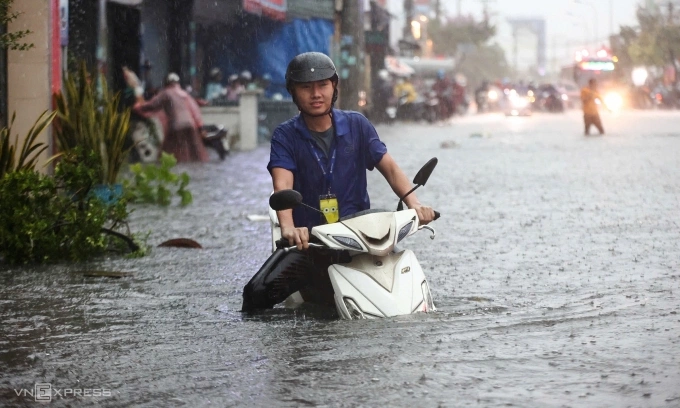 1 phút
1 phút Ho Chi Minh City forecast to have over 20 rainy days in July
Nguồn: TODAII2025-07-06 19:30:54
 1 phút
1 phút Life under 40-degree heat wave in Europe
Nguồn: TODAII2025-07-06 07:30:56
 1 phút
1 phút Vietnam to join international carbon offsetting scheme for aviation
Nguồn: TODAII2025-07-06 07:30:50
 1 phút
1 phút Russian MMA fighter slammed for making endangered orangutan vape
Nguồn: TODAII2025-07-05 07:31:08
 2 phút
2 phút Vietnam could experience temperatures exceeding 40 C for 50 days annually by 2050
Nguồn: TODAII2025-07-05 07:30:56
 1 phút
1 phút Singapore hits record high in renewable energy consumption
Nguồn: TODAII2025-07-03 07:30:54
 1 phút
1 phút Passengers keep sneaking snakes onto planes from Thailand
Nguồn: TODAII2025-07-01 19:31:05
 1 phút
1 phút Ho Chi Minh City to clear slums along canals in District 8, relocate 15,000 families
Nguồn: TODAII2025-07-01 07:30:56
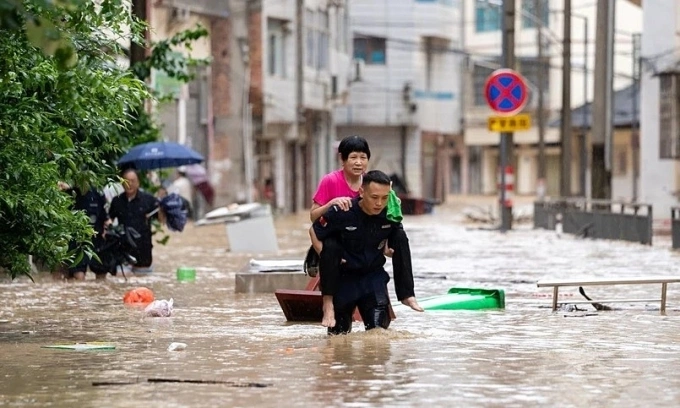 1 phút
1 phút Over 80,000 people flee severe flooding in southwest China
Nguồn: TODAII2025-06-27 19:31:02
 1 phút
1 phút Magma 'Heartbeat' Is Tearing Continent Apart, Geologists Discover
Nguồn: NW2025-06-26 19:31:01
 1 phút
1 phút Bali pledges to go plastic-free by 2027 in island-wide green push
Nguồn: TODAII2025-06-18 19:30:52
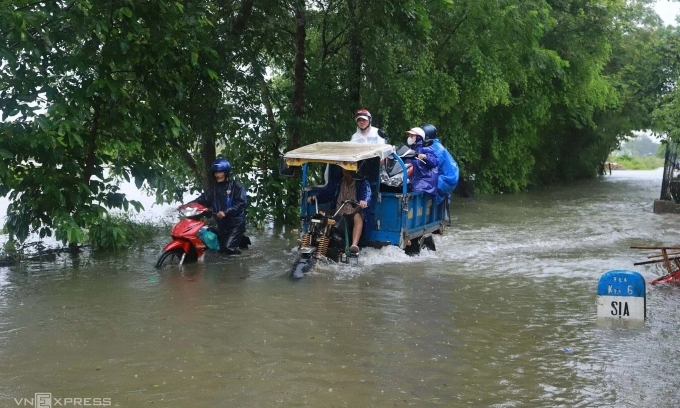 1 phút
1 phút Floods triggered by Typhoon Wutip leave 9 dead, 2 missing in central Vietnam
Nguồn: TODAII2025-06-16 19:31:08
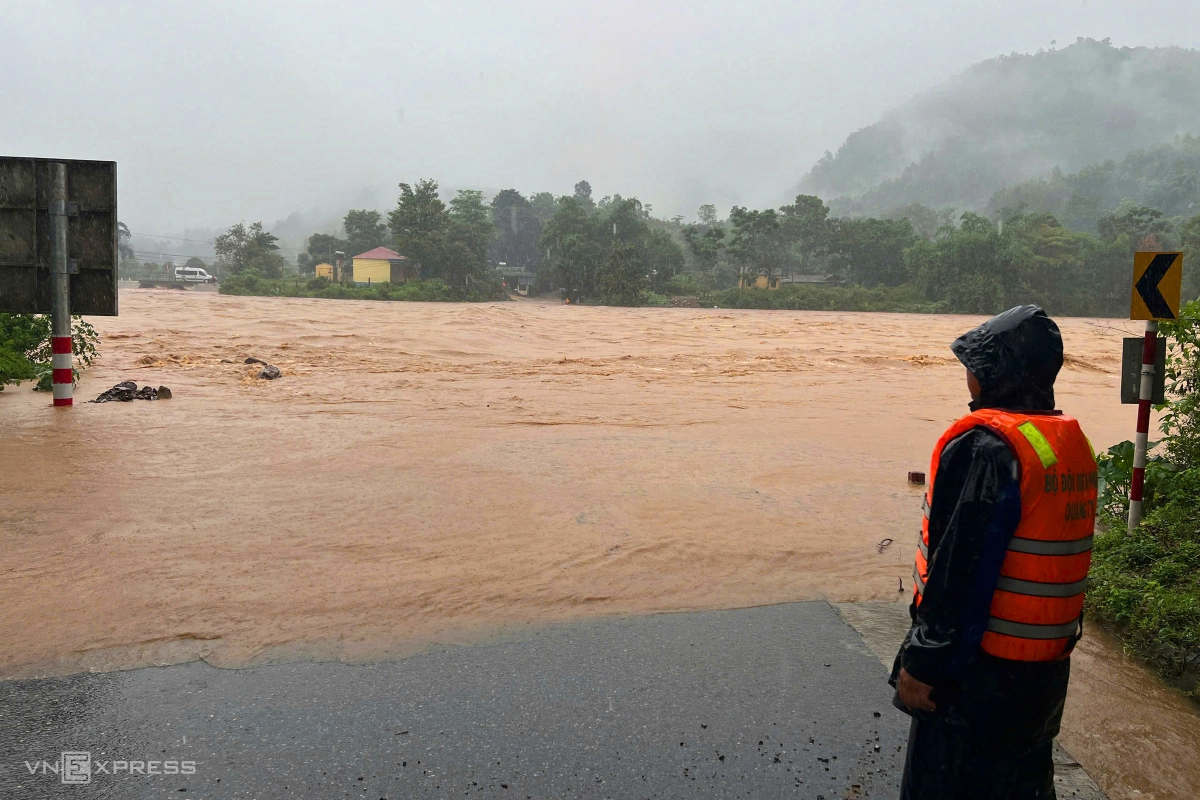 1 phút
1 phút Storm Wutip triggers floods, landslides, and crop losses across central Vietnam
Nguồn: TODAII2025-06-15 07:31:07
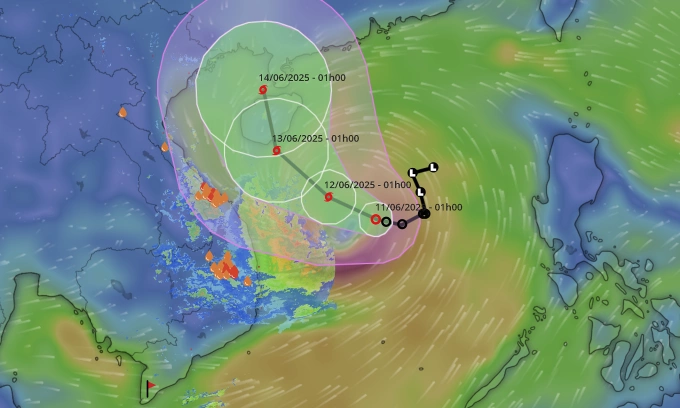 1 phút
1 phút Tropical depression intensifies into storm, to bring heavy rain to central Vietnam
Nguồn: TODAII2025-06-15 07:31:00
 1 phút
1 phút Indian man caught smuggling 100 exotic animals from Thailand
Nguồn: TODAII2025-06-13 19:32:30
 1 phút
1 phút Ho Chi Minh City streets under nearly a meter of water after heavy rain
Nguồn: TODAII2025-06-13 19:30:49
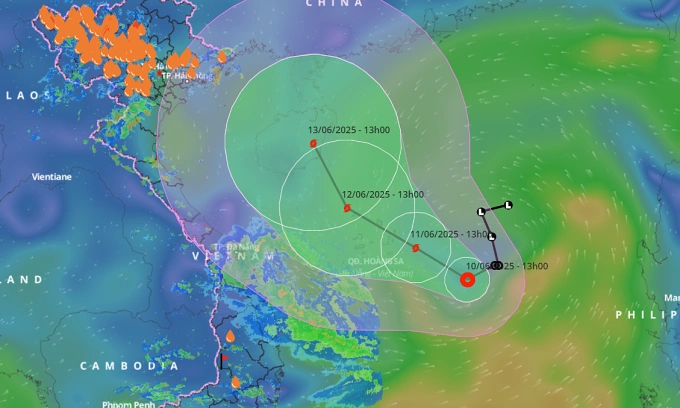 1 phút
1 phút Tropical depression forms off Vietnam, storm expected within 48 hours
Nguồn: TODAII2025-06-12 07:30:56
 1 phút
1 phút Luxury beach resort in Da Nang fined for dumping sewage into ocean
Nguồn: TODAII2025-06-12 07:30:50
 1 phút
1 phút China clears 50 tons of trash from 'Avatar'-inspired fairyland cave site
Nguồn: TODAII2025-06-11 07:31:01
 1 phút
1 phút Hungry wild elephant raids grocery store in Thailand for snacks
Nguồn: TODAII2025-06-06 07:31:16
 1 phút
1 phút Violent gales slam Ho Chi Minh City, toppling crane, uprooting trees
Nguồn: TODAII2025-06-01 19:30:47
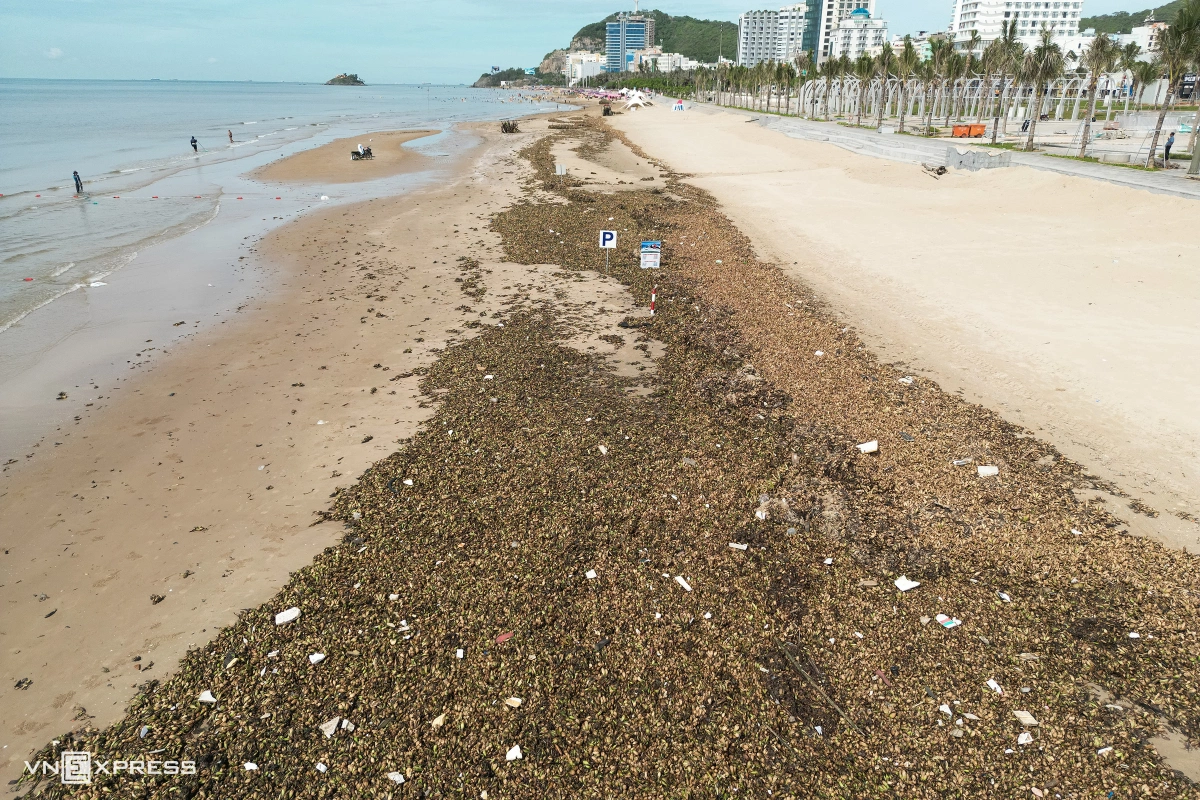 2 phút
2 phút Vietnam beach plagued by tons of trash, water hyacinths
Nguồn: TODAII2025-05-30 07:32:24
 1 phút
1 phút Hanoi shivers as rare cold snap chills northern Vietnam in summer
Nguồn: CNN2025-05-26 19:31:02
 1 phút
1 phút 4 dead, 17 trapped in landslides in China
Nguồn: TODAII2025-05-26 19:30:57
 1 phút
1 phút Captive Asian black bear transferred to rescue center in central Vietnam
Nguồn: TODAII2025-05-24 19:31:00
 1 phút
1 phút Heavy rains kill 6 in China's south, disaster alerts issued
Nguồn: TODAII2025-05-22 07:32:06
 1 phút
1 phút Rare sighting of dozens of dolphins stuns visitors at Vietnam resort city
Nguồn: TODAII2025-05-22 07:31:10
 1 phút
1 phút Severe weather leaves at least 27 dead in US
Nguồn: TODAII2025-05-20 07:30:55
 1 phút
1 phút 17 wanted in Thailand for involvement in deadly building collapse after earthquake
Nguồn: TODAII2025-05-20 07:30:49
 1 phút
1 phút Solar Tornado Big Enough to Swallow Earth Seen on 'Quiet' Sun
Nguồn: NW2025-05-17 07:31:17
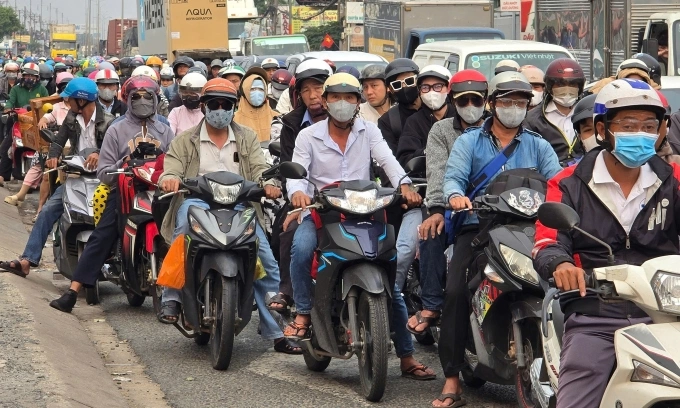 1 phút
1 phút Hanoi, Ho Chi Minh City to start enforcing motorbike emission rules in 2027
Nguồn: TODAII2025-05-15 07:30:42
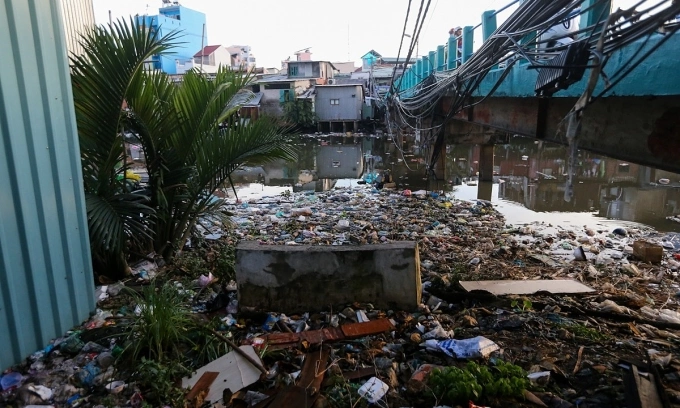 1 phút
1 phút Ho Chi Minh City begins $675M downtown canal cleanup work
Nguồn: TODAII2025-05-13 07:30:59
 1 phút
1 phút HCMC sees heaviest rain in 8 years as traffic light toppled, motorbikes swept away in neighboring provinces
Nguồn: TODAII2025-05-12 07:30:55
Đọc báo theo chủ đề
Học tiếng Anh với Video










